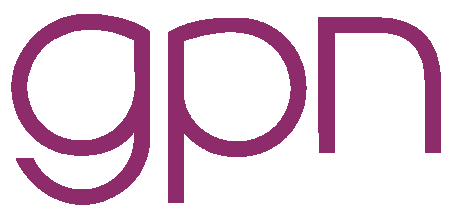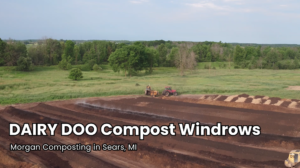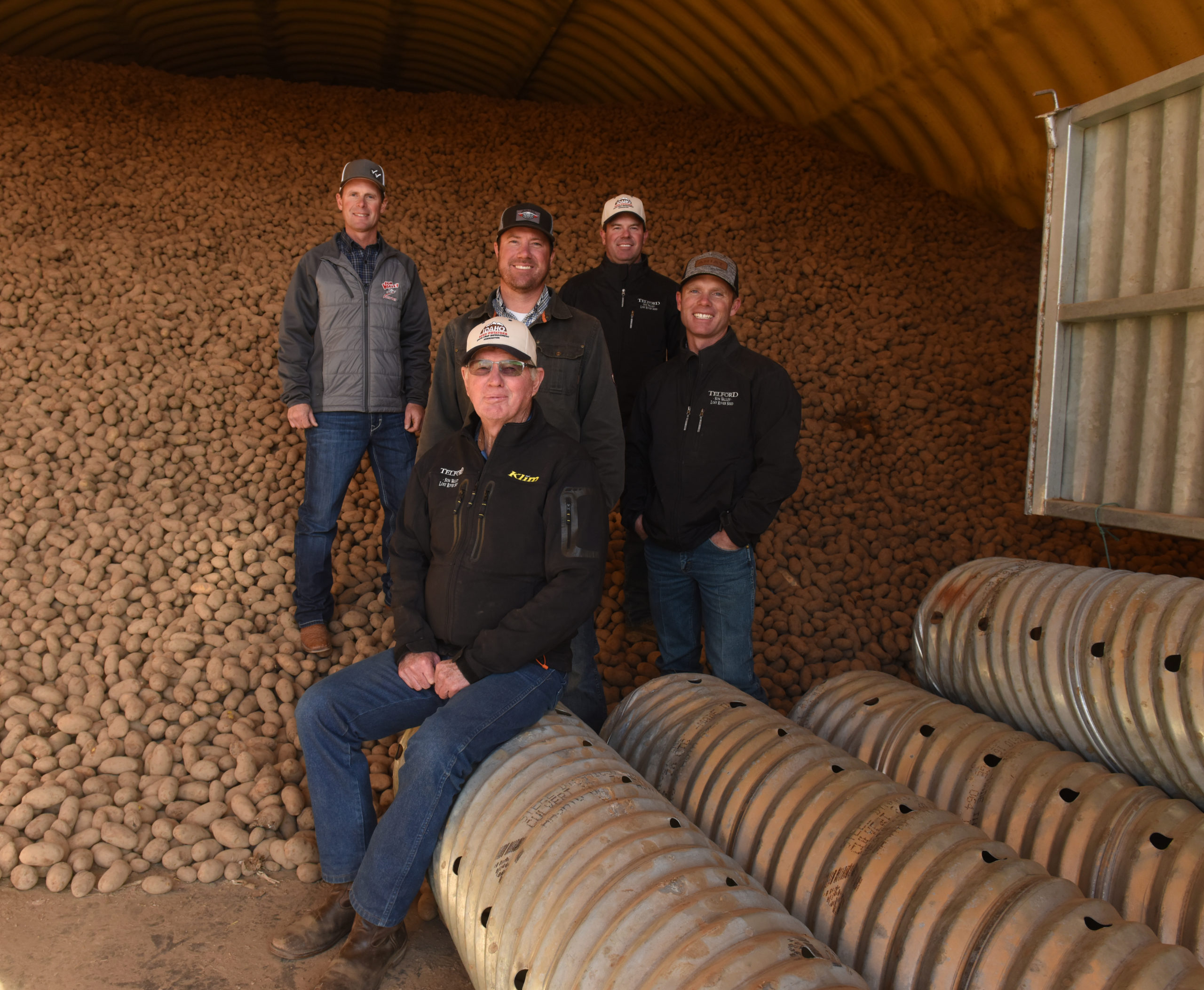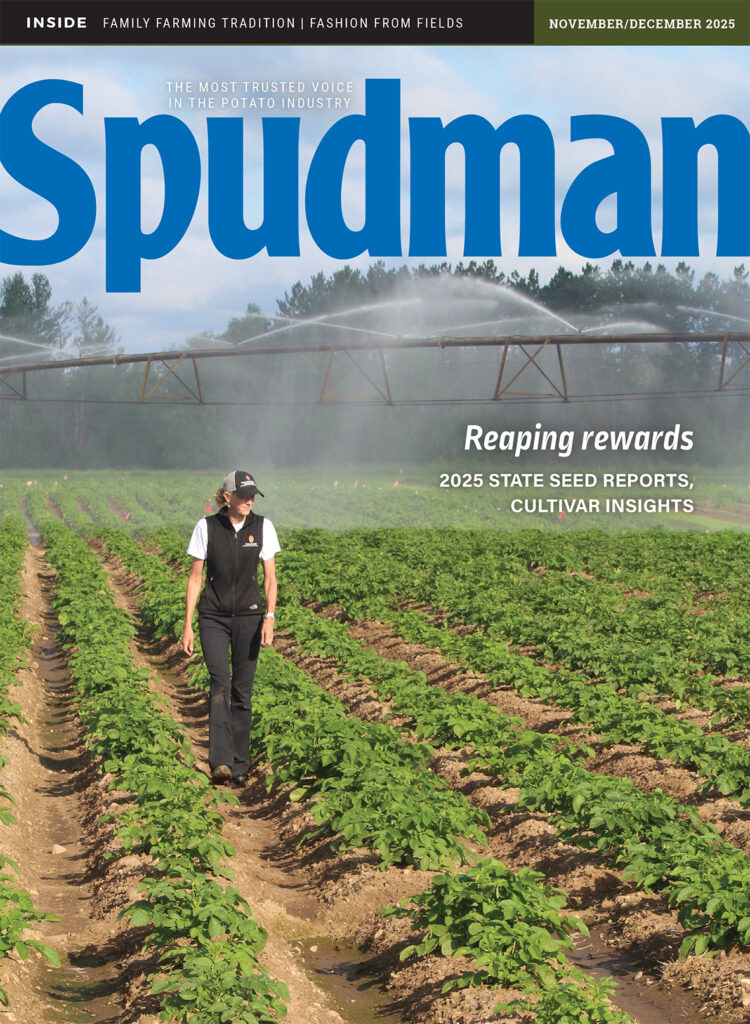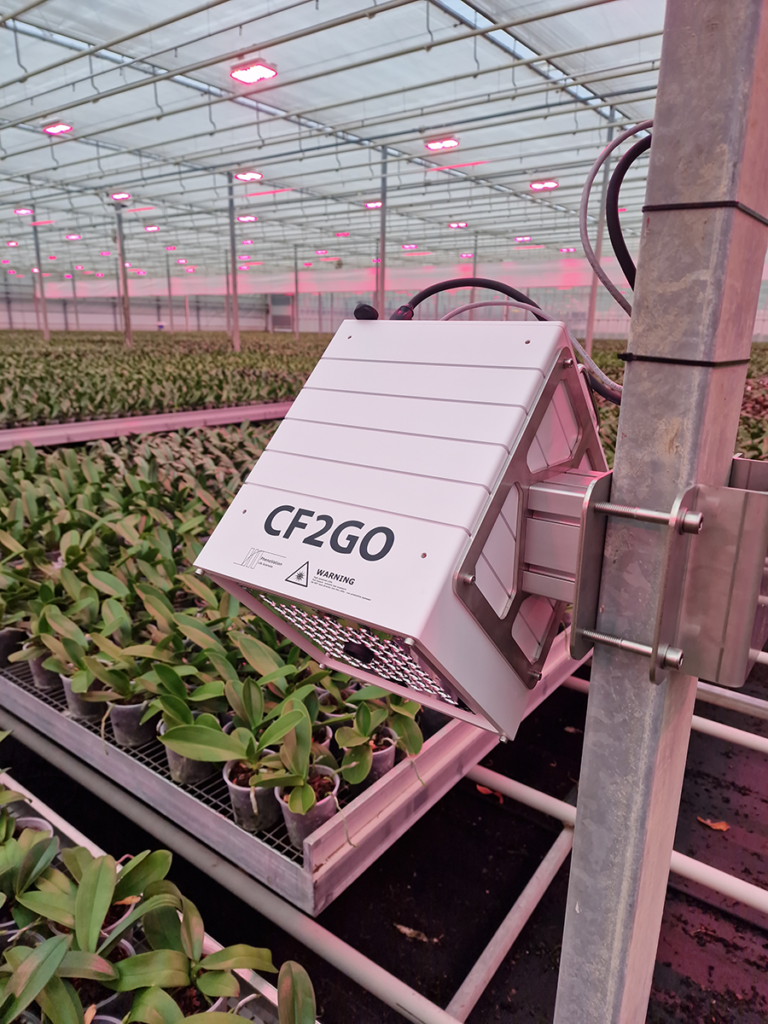
Next-level, no-touch monitoring
Many crops, including potatoes, depend on research and greenhouse beginnings, with some of the most advanced technology originating in a greenhouse environment. Plant researchers and growers can learn about some of the newest technologies showcased at trade shows like HortiContact, a well-known event for the greenhouse horticulture industry.
At this year’s event, held Feb. 18-20 in Gorinchem, Netherlands, exhibitors displayed their latest innovations, including the Cf2Go sensor from Dutch agricultural machinery manufacturer PhenoVation. The new device helps growers measure the photosynthesis efficiency of crops in real time, capturing data that can be integrated and visualized within the company’s MyLedgnd platform.
PhenoVation specializes in imaging solutions for plant phenotyping. Vincent Jalink, technical sales manager at PhenoVation, said the company’s solutions are designed for a variety of applications, from controlled environment studies to field research.
“For potatoes, many trials can be done in the field,” he said. “Drought, salinity, herbicide and many other stresses that affect the plant can be monitored in real time in the field. By utilizing multiple Cf2Gos, a live feed can be made of how different genetics behave in the field.”
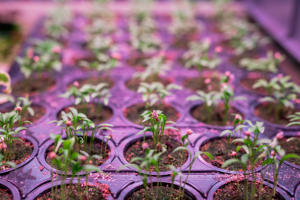
Imaging systems are already being used for a variety of simple tasks like sorting based on size, height and width. Multispectral and efficiency of photosynthesis imaging, however, allows a person to identify plants that perform poorly in photosynthesis or plant physiological parameters such as the chlorophyll index and anthocyanin index. These new parameters can accelerate plant breeding projects due to early assessment and more objective measurements.
The Cf2Go sensor can take accurate measurements from up to 100 centimeters away, Jalink said, limiting physical contact with the crop.
What sets the Cf2Go apart from other photosynthesis sensors is its ability to measure not only how efficiently plants convert light into usable energy (photosynthesis efficiency) but also how efficiently a plant dissipates excess energy as heat without damaging its cells.
Additionally, the sensor offers measurements that allow plant stress to be detected up to an hour earlier, enabling quick responses to changes and mitigating risks such as light stress or overexposure, Jalink said.
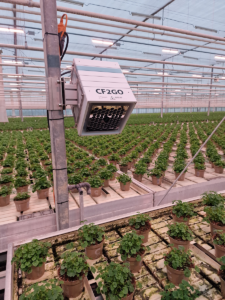
“With the Cf2Go, we are taking precision cultivation to the next level,” he said. “By measuring crucial parameters like photosynthesis efficiency and daylight integral (DLI) in real time, growers can make better informed decisions on shading or lighting. This not only saves energy but also improves crop performance and yield.”
The sensor can be stationary or mounted on moving systems, such as spray booms. The Cf2Go will also be 30% more affordable than its PhenoVation predecessor, the CropObserver, according to the company.
The sensor can be controlled via a standard TCP/IP protocol by any PLC or computer used by growers.
The Cf2Go sensor is scheduled for market release in June. Until then, PhenoVation is collaborating with selected test customers to further optimize the sensor.
The sensor is suitable for both illuminated and non-illuminated crops and can be applied to a range of plants. The Cf2Go performs complex calculations without using artificial intelligence to ensure reliable and accurate measurements without the risks of misinterpretation, Jalink said.
The data collected by the Cf2Go sensor is displayed in the MyLedgnd online data integration platform.
“At Ledgnd, we are always looking for innovative solutions that advance the sector,” Ramon van de Vrie, Ledgnd director, said. “The Cf2Go sensor measures values over a large area, allowing growers to make precise adjustments based on this data.
“Ultimately, it’s about turning complex measurement data into actionable insights that directly add value to the grower’s daily practice.”






